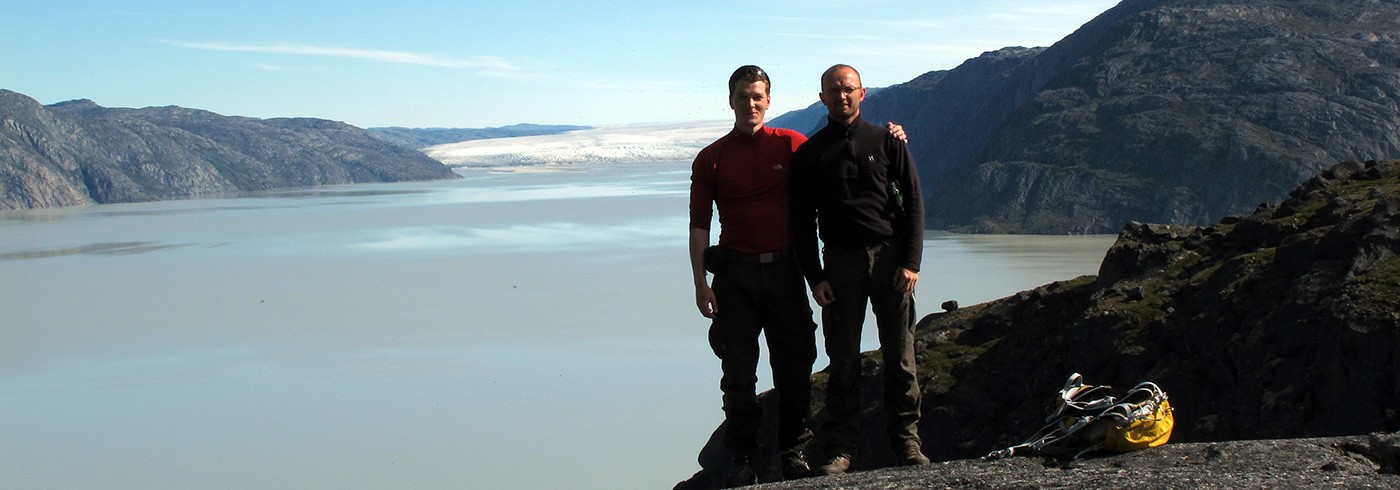Sensitivity of the Greenland Ice Sheet to natural climate change during the last 10,000 years
1 July 2010 - 1 August 2010
Lake ”Kap01” close to Kapisillit in the inner part of Nuup Kangerlua Fjord. Photo: Nicolaj K. Larsen
How did the Greenland Ice Sheet respond to natural climate change during the last 10,000 years? This question is interesting because by answering it we may learn how sensitive the Greenland Ice Sheet is to global warming and how much it will contribute to global sea level rise in the future.
Lake sampling
We worked in West Greenland close to the present ice margin. Here we located some special types of lakes (threshold lakes) that helped record when the ice margin retracted from its present position. These lakes only receive meltwater, including silt and clay from the Greenland Ice Sheet during periods when the ice is close to its present size. When the ice is smaller, the lakes turn into “normal” lakes dominated by organic-rich sediments.
We used lightweight coring equipment that could be transported in a small helicopter. The lake sediment cores have now been returned to Denmark, where they are being analysed using different analytical techniques, including XRF scanning, loss on ignition and magnetic susceptibility. The chronology is based on 14C and 210Pb dating.
Dynamic melting
Our preliminary data from 2008 and 2009, when we worked in the mountainous area of South Greenland, suggest that the Greenland Ice Sheet was less sensitive to climate change than previously assumed. These first results have been submitted to an international journal. From the 2010 field work in Godthåbsfjorden area the preliminary results shows that the ice sheet was more sensitive and was retracted behind the present ice margin for most of the time during the last 10,000 years.



